
4.04.
2024.
Faculty of Philosophy under blockade: When Vulin says a professor is scum, evil enters the Faculty
"Imputing alleged fascist aspirations to anti-fascists is a completely new dimension of the problem."
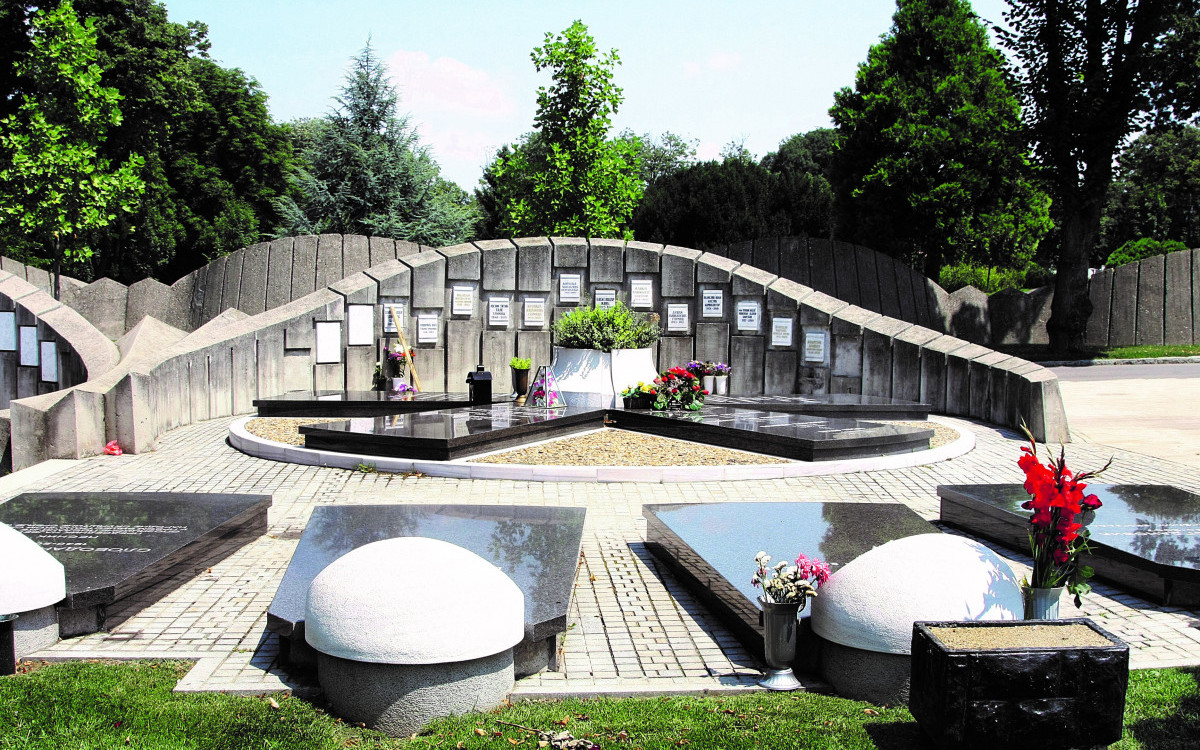
For Slađana Milošević, one of the most authentic personalities in the local rock scene, and Tomislav Peternek, who had been assembling a historical mosaic of the region with his photographs on the pages of this weekly for more than two decades, there is no room in the Alley of Distinguished Citizens. Why? The answer is not a reasonable one, but we have gotten used to it over the past twelve years – because a man said so. But this time, it is not the man who comes to mind first.

4.04.
2024.
"Imputing alleged fascist aspirations to anti-fascists is a completely new dimension of the problem."
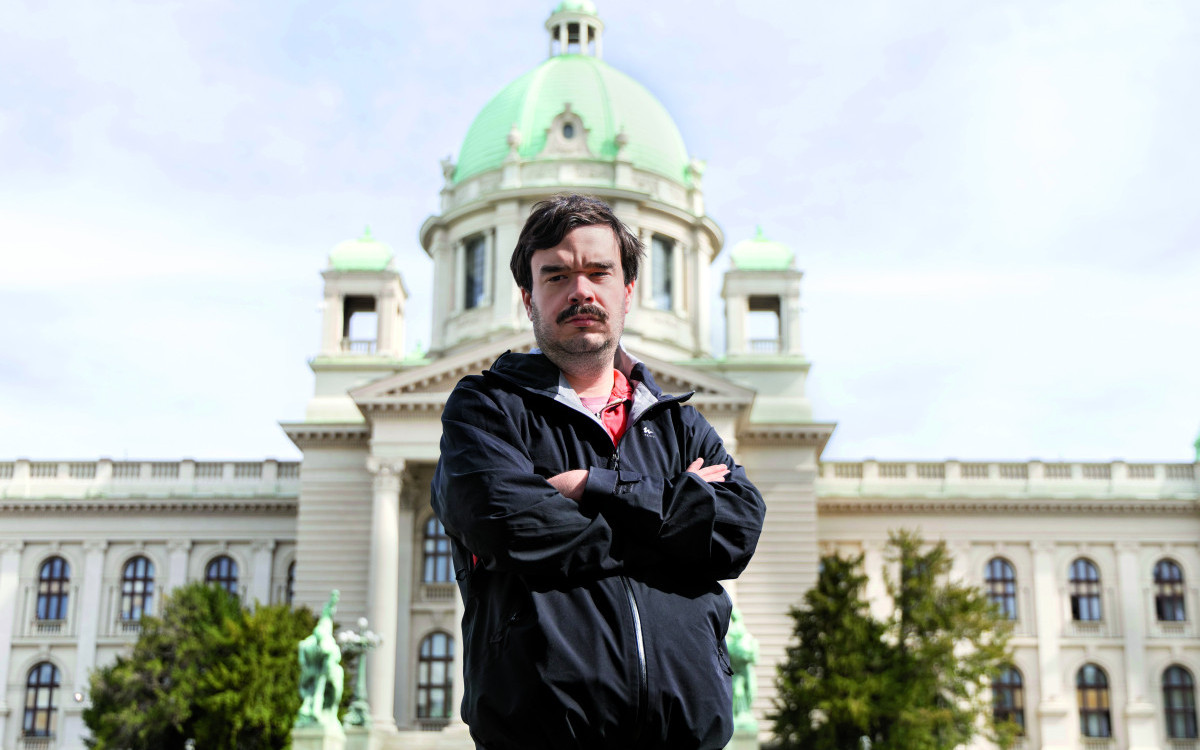
28.03.
2024.
Stambolić on Marko Milošević’s entering into politics.
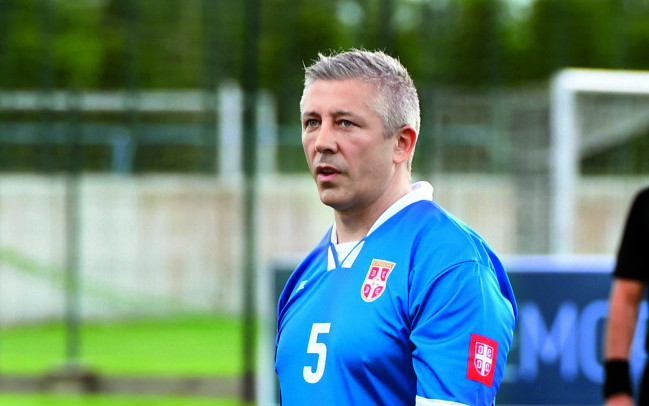
4.04.
2024.
The curious case of Slaviša Kokeza is becoming even more curious when it is referred to by the President of Serbia Aleksandar Vučić.
Who should decide where to bury those whose families do not need to pay the annual grave maintenance fee at the counter next to the flower shop in Belgrade’s Ruzveltova Street? A commission, for example, comprised of prominent intellectuals, artists who, when their time comes, would also be buried in a special part of the cemetery. That option, however, seems to be off the table. The people who take years to earn their doctorates often enter into discussions, which tend to last for quite some time. Furthermore, commissions are cumbersome bodies. So it is better that the decision is made by some other governing body. Preferably a temporary one.
Aleksandar Šapić, the president of the Temporary Governing Body of the City of Belgrade, has decided that the lives and works of Slađana Milošević and Tomislav Peternek did not earn them the right to be laid to rest among the distinguished citizens. In the case of the rock musician, the SNS Presidency member simply did not express his opinion on the request, pretending, as he often does, not to see the big pink elephant standing in the middle of his office. As for Peternek, Šapić decided, by a verbal decree, that the renowned photographer and editor did not meet the criteria to be buried in the Alley. Thus ended the debate that never was. This was also how the public in Serbia found out that the Mayor’s office can actually have the final say in the decision on who gets to be buried in the Alley of Distinguished Citizens.
It sounds absurd, but Article 36a of the Ordinance on the Regulation and Maintenance of Cemeteries and Burials states:
“The Mayor of the City of Belgrade can, exceptionally, decide if a person, who was renowned in his/her area of work, can be buried in one of the special burial plots. The proposal for the remains of such distinguished person to be buried in a special plot is made by the institution of which the deceased was a member, with prior consent of the deceased person’s spouse or immediate family members.”
And rules are rules.
For the folk music singer Džej Ramadanovski, who passed away in 2020, there was room in the Alley, next to his colleagues such as Predrag Cune Gojković, Staniša Stošić, Merima Njegomir... There is no question about why the rascal from Dorćol found himself in such distinguished company after his passing. What is questionable, however, is why there was no room for Slađana Milošević in the central burial plot of the New Cemetery. And that question is not being raised because of some quasi-elitism. Music, regardless of the genre, can only be good or bad. If there is room in the Alley for the Kings of Folk Music, as they are called by the journalists who cover entertainment, why was there no room for a woman who changed Belgrade, and perhaps even the entire Serbia, not only in the musical, but in the cultural sense? For the Rock Princess, as music critics called Slađana.
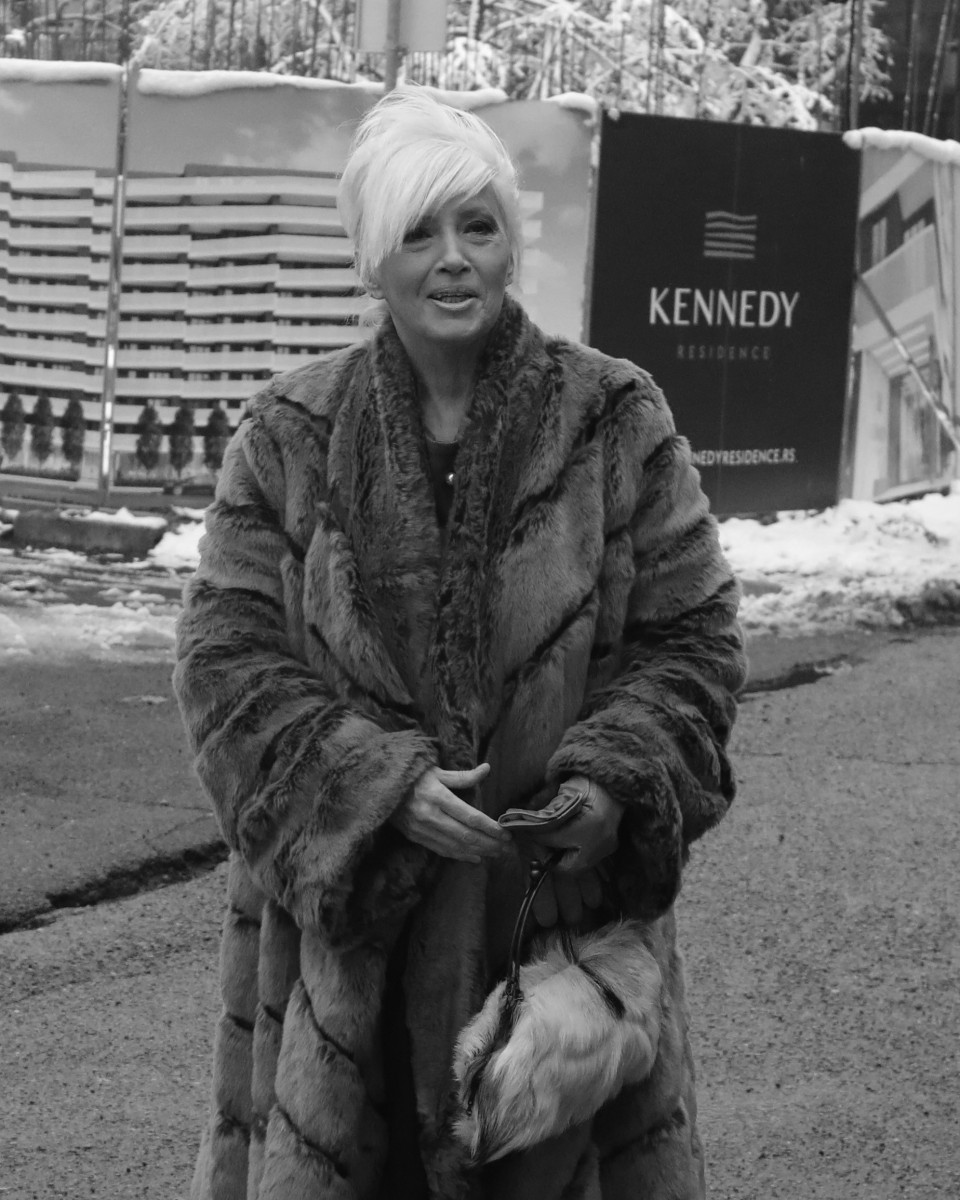
As for the musicians who are no longer with us – if the main criterion for being buried in the Alley is the popularity of performers of a certain genre, then that is a bad principle. Today we can see, clearer than ever before, that the great popularity of a musician does not necessarily imply quality – quite the contrary. There is a concern that something else is the matter: that the “criterion” is, in fact, personal taste of the individual who occupies the post of the mayor at the time. It can be even worse: that the “criterion” is the current mayor’s acquaintance with the artist or members of their family. And finally, the worst of all: that a performer found their place among the distinguished citizens because of their support for the current party in power.
Does it really matter where the earthly remains of those whose creativity made them immortal in life will be laid to rest? As the saying goes, we are all equal in death: the rich and the poor, the murderers and the benefactors, those who listened to The Cult and those who preferred Vesna Zmijanac. And yet, that one large burial ground with headstones, instead of graves covered with stone chippings, says otherwise. It is there to make a distinction, even in death, and to call attention to the persons to whom we owe tribute, from whom we learned, whom we admired, whom we would like to resemble. They are not laid to rest in family crypts because, apart from the family, who have the right to do so, we all want to consider them our own.
Despite the old Latin maxim that there is no point arguing about tastes, there’s not a single person whose umbilical cord was cut in this region who has never heard “The Princess”. At least at a wedding, as a first dance song for those who will soon share the good and the bad, and perhaps later their property too. The authentic image and musical expression of Slađana Milošević, the pushing of boundaries, the erasing of taboos, and the overwhelming legacy that paved the way for the generations of hard music aficionados do not even need to be mentioned. Fun fact for the younger generations: Slađana Milošević was Lady Gaga much before Lady Gaga.
Perhaps the man who brought us so much joy and the feeling of pride when he was swimming in the clear waters of the Olympic pools with a water polo cap on his head, is now overstepping his authority. Even if it is the authority given to him by an inadequate regulation. In particular, ever since he has swum into the cold and murky waters of Serbia’s daily politics, the overall impression is that the two key arguments used by Šapić in his decision making are “because I say so” and “because I can”.
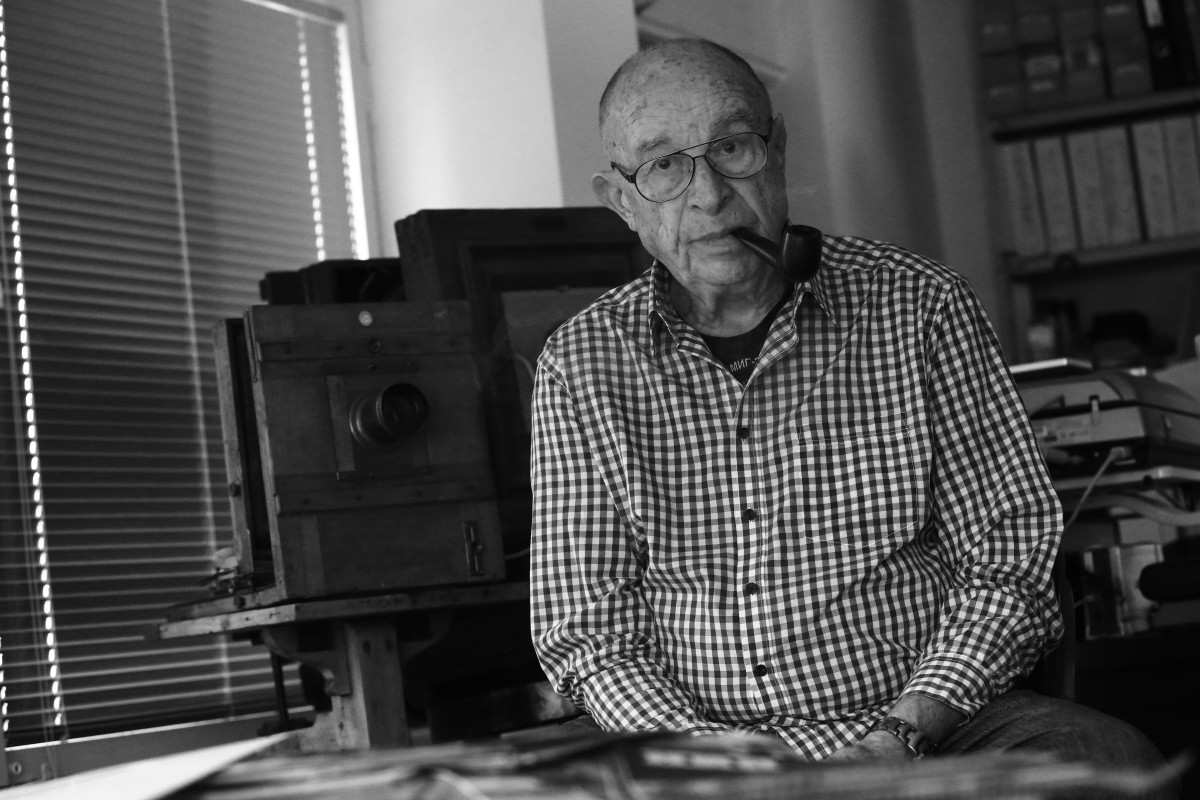
The seven hundred front pages with Peternek’s photographs are nothing special for Aleksandar Šapić. Today everyone has a camera phone, and an average influencer posts that many photos on Instagram in less than a month. An unkind man, using his own character as a measure of things, might think that the temporary mayor of the Serbian capital holds a grudge against Slađana Milošević because she described his styling as a costume from “Star Trek”, in a TV show ten years ago.
Sociologist of culture, retired university professor Đokica Jovanović tells NIN that there is a term in social theory called “the madness of power”. As he explains, it is not a clinical disorder, but the culture of government that sees itself as God-given. Jovanović adds that this sociological phenomenon has been known for a long time, since the societies ruled by chieftains and witchdoctors.
“I am not surprised by Šapić’s reaction. Some might say that the reason is that he is uneducated, but such behavior can be manifested even in highly educated individuals. I won’t say that they identify themselves with the government, but they do believe that the government belongs to them – just because they exist in this world. It is a complex social issue.” Jovanović emphasizes.
He adds that such people in politics see elections merely as a choreography routine before the celebration confirming that they are the government. As Jovanović explains, this goes hand in hand with the demonstration of power and authority.
“They rule on everything, without consulting anyone,” Jovanović points out.
The professor remembers Tomislav Peternek’s photos from the time when he was still in high school, as well as the photo monographs edited by the famous photographer, which were dedicated to various places across the former Yugoslavia.
“For me, Peternek is a great artist and he certainly belongs there. Just look at who got to be buried there, fair singers and suchlike...” Jovanović says.
In his opinion, Slađana Milošević brought the spirit of avant-garde to the Yugoslav scene, unlike today, when music is a commercial everyday thing that offers nothing.
The fact that it happened in socialism is particularly important. To be honest, our socialism was much more open than others. Slađana Milošević has left behind a truly artistic legacy. If nothing else, both she and Peternek belong in the Alley of Distinguished Citizens. I think that any sensible person would tell you that, but there’s a shortage of common sense here. Its lack in politics is frightening,” Jovanović notes.
His younger colleague, sociologist Dario Hajrić holds the opinion that populism and historical revisionism are the only constants in the political career of Aleksandar Šapić. Noting with regret that, as many other populists, Šapić uses the dead to project his political views, listing them as the suitable and the unsuitable, Hajrić reminds that Šapić has recently also expressed his desire to relocate The House of Flowers. In his opinion, this could very likely be a campaign intended to divert attention from the fact that Šapić failed to deliver victory in the local elections to the SNS.

“If he were able to understand that the mayoral role requires him to be the representative of all citizens of Belgrade, he would acknowledge the fact that the Alley – regardless of my personal opinion about that concept – can, at least symbolically, represent the pluralism of the capital city. Of course, there is no pluralism even at a cemetery: only a suitable citizen can be regarded as distinguished. It is the society that we are building and that is coming back to bite us every day,” Hajrić warns.
The Alley of Distinguished Citizens should not be confused with the Alley of the Greats, which is located on the neighboring plot and which has been used for the burials of prominent individuals ever since 1926. The Alley of the Greats has not been expanded with any new burial places since 1927, and in addition to some of the most significant figures in the modern history of Serbia, members of their families can also be buried there.
The Alley of Distinguished Citizens was completed in 1965, by design of the famous architect Svetislav Ličina, initially on an area of 4,200 m2, which was later expanded. It was first known as the Distinguished Citizens’ Cemetery. It is the final resting place for about 800 persons of special significance for the Serbian and Yugoslav history and culture, in crypts or in urns placed in rosaria and columbaria. Due to the concept that all those who are buried there are “equal in merits – regardless of their profession”, all headstones look exactly the same.
The first persons buried in the Alley were Risto Stefanović, a revolutionary, and Risto Minderović, a writer, and the last one was folk singer Predrag Živković Tozovac, in April 2021. Some of the greats, such as actors Pavle Vuisić and Danilo Bata Stojković, writer Dobrica Ćosić, national hero Peko Dapčević... refused to be buried there.